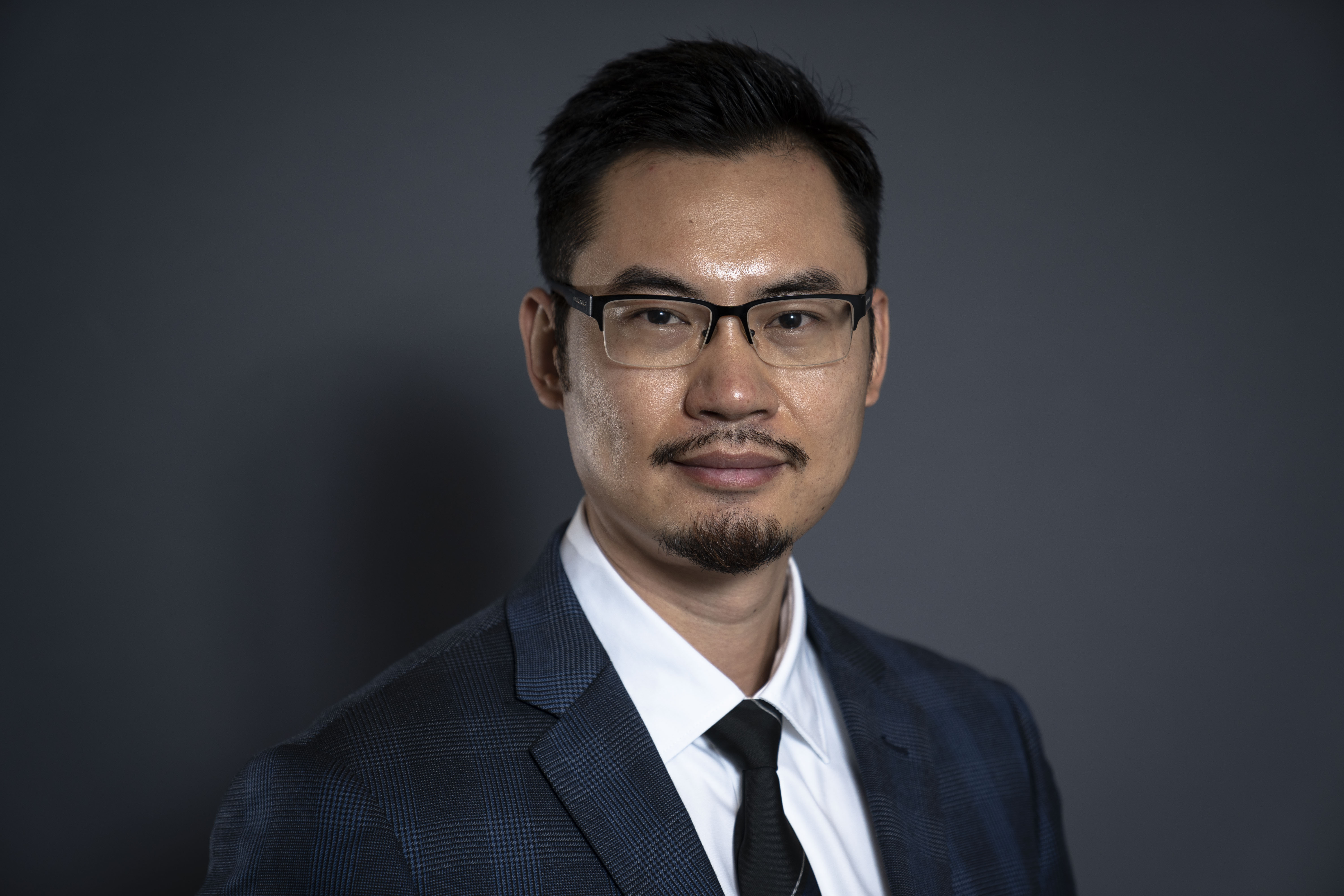Elvis Genbo Xu
Research leader

Project title
Revealing “hidden” plastics using Trinal Oviparous Omics Model (TriOOL)
What is your project about?
What are the effects of nanoplastics on life? This question originates from human concern about their health and the environment. The emission and accumulation of nanoplastics are invisible but inevitable, however, we don’t know their actual impacts on wildlife and the environment. This project builds on strong interdisciplinary technologies to explore frontiers of nanoplastic pollution issue, by integrating comparative model embryos, cutting-edge bioimaging, omics, and hazard modeling. The project will provide unprecedented insights into understanding the potential hazards posed by nanoplastics and corresponding mechanisms and launch a new chapter in toxicological assessment of nanopollutant mixtures.
How did you become interested in your particular field of research?
The beauty of the natural environment and wildlife drives my research. I am enthusiastic to contribute to the protection of the natural environment and wildlife. My passion lies in identifying and solving problems focusing on man-made chemicals and particulates as environmental pollutants. Being an environmental toxicologist, I am fortunate to work together with world-class researchers in such a fascinating and multidisciplinary research field.
What are the scientific challenges and perspectives in your project?
The ever-growing plastic production has caused the most prevalent pollutant. Once entering the natural environment, plastic products continuously fragments into small plastic particles that can spread in all ecosystems. Their small size and other unique properties make it a highly complex problem, e.g., high potential for cellular uptake and high heterogeneity. The fundamental knowledge of the cellular uptake, specie-specific effects, and toxicity mechanisms are poorly understood, particularly in vertebrates. This project will develop a sensitive, reliable, and environmentally realistic approach to fill the critical knowledge gaps and generate new systematic data to advance the toxicological assessment of nanoplastics.
What is your estimate of the impact, which your project may have to society in the long term?
The project will bring us a substantial step closer to understanding the state-of-the-art biological and environmental questions regarding nanoplastic, and provides a new solution to riddle the complex puzzle, applicable to other nanopollutants. It is highly timely to deal with global plastic problems. The novel knowledge and insight from this project will generate new scientific hypotheses, lay a methodological foundation for future research, and have profound implications on the emerging field of nanoplastic pollution. A deeper and more comprehensive understanding will eventually influence societal behavior and drive future management of plastic.
Which impact do you expect the Sapere Aude programme will have on your career as a researcher?
This project will tremendously benefit my professional development. I am enthusiastic to gather young researchers together with world-class international collaborators to develop a research team of my own. The prestigious Sapere Aude research leader grant is the ideal platform that offers me financial support to test my new hypotheses, the freedom to realize research goals, and the opportunity to strengthen existing networks. The outcomes will also significantly increase the prospects of obtaining future European Research Council grants, paving the way towards broader and world-leading research, and enhancing research excellence of SDU and Denmark in the field of environmental toxicology and nanoplastic research.
Background and personal life
I stick with my family as much as possible in my spare time. I love my beautiful wife Meng and our two lovely children, Lucas and Lucia. Before Denmark, we lived in China, US, and Canada. We all enjoy sports, music, and traveling.
View all research leaders here
Research institution
University of Soutnern Denmark, Faculty of Science, Department of Biology
Research field
Environmental Toxicology
City of your current residence
Odense
High school
Nong San Shi High School, China
